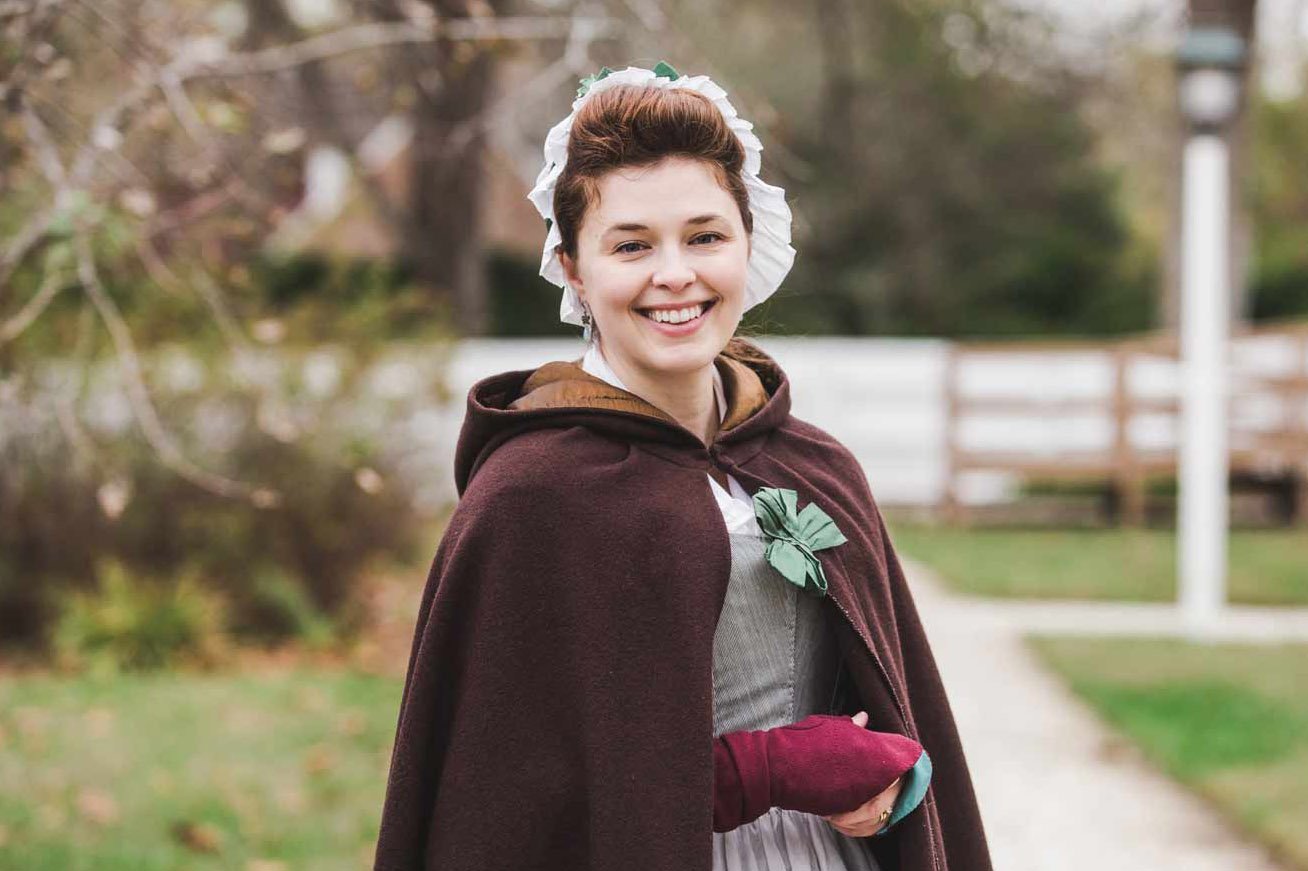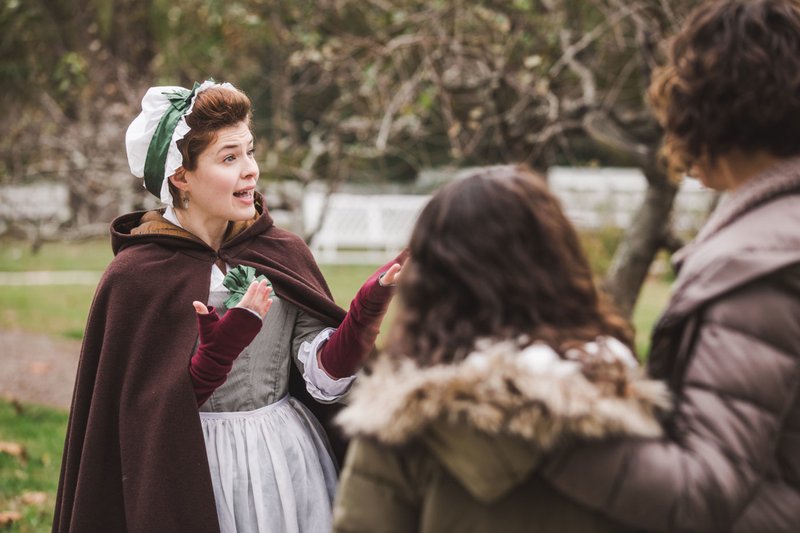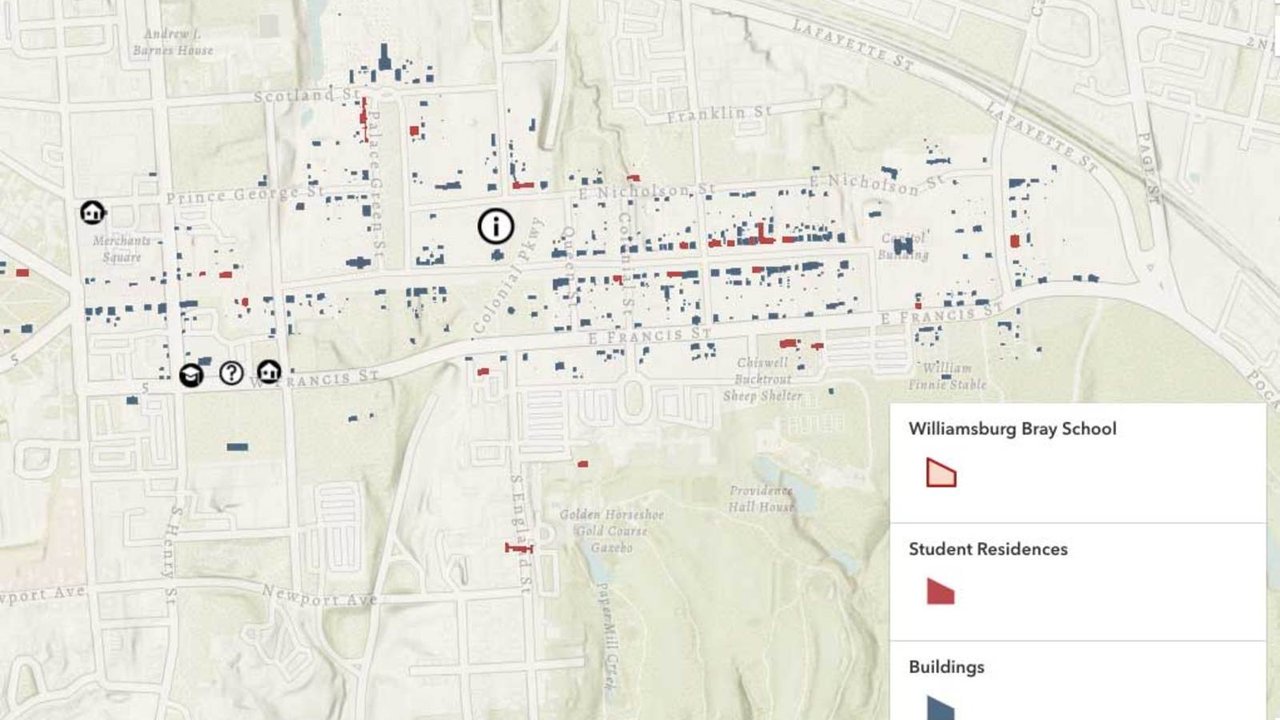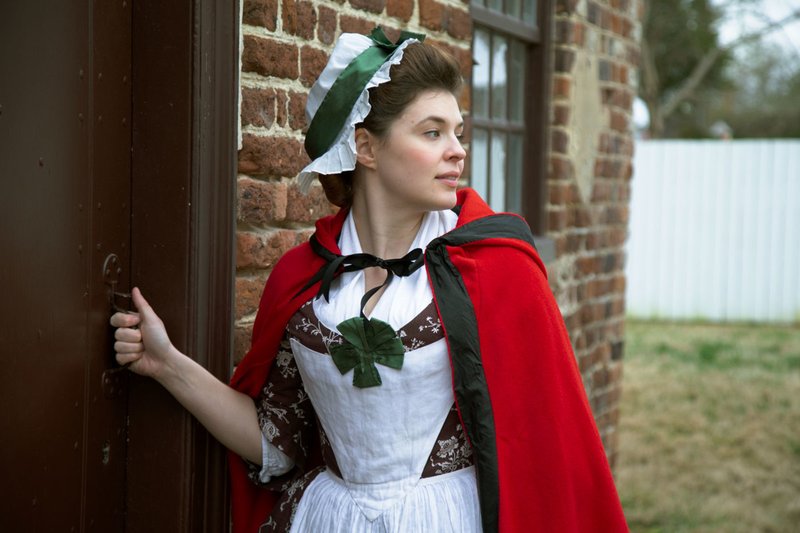
Ann Wager
After being widowed, Ann Wager made a living as the only teacher for the Bray School, educating enslaved and free African American children in Williamsburg for 14 years.
On This page
Education to Make Ends Meet
Ann Wager (ca. 1716–1774) took up teaching after the death of her husband William in 1748, working for two years as governess to the Burwell children at Carter's Grove. She had at least two children of her own, named William and Mary.
In 1760 the Associates of Dr. Bray, a group of philanthropists in England, followed Ben Franklin’s recommendation to establish a school “for the instruction of Negro Children in the Principles of the Christian religion.”1 They hired Wager to teach the Bray School.

Instructing Young Minds
Wager taught between twenty and thirty boys and girls each year. Most were young enslaved African Americans, but Wager also educated a small number of free Black people. She taught the tenets of Anglican Christianity as well as reading. She taught girls knitting and sewing. Wager was instructed to “be particularly watchful that her scholars, between the school hours, do not commit any irregularities, nor fall into any indecent diversions.”2
Meet the Students
Explore the built environment of 18th-century Williamsburg and primary source documents in this interactive digital map to learn about the individual lives, the families, and the broader community of the Williamsburg Bray School.

Exceeding Expectations
After visiting the school in 1762, Robert Carter Nicholas, a Williamsburg trustee for the Associates, reported that “at a late visitation of the school we were pretty much pleased with the scholars’ performances, as they rather exceeded our expectations.”3
Over the course of fourteen years, Wager taught about 400 students at the Bray School. By the early 1770s illness began to slow her down, and after her death on August 20, 1774, the Bray School closed for good.

Sources
- Rev. John Waring to Rev. Thomas Dawson, Feb. 29, 1760, in John C. Van Horne, ed., Religious philanthropy and colonial slavery: the American correspondence of the Associates of Dr. Bray, 1717-1777 (Urbana: University of Illinois Press, 1985), 144.
- Van Horne, ed., Religious philanthropy and colonial slavery, 191.
- Van Horne, ed., Religious philanthropy and colonial slavery, 184.
